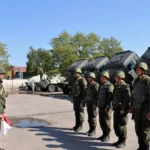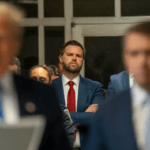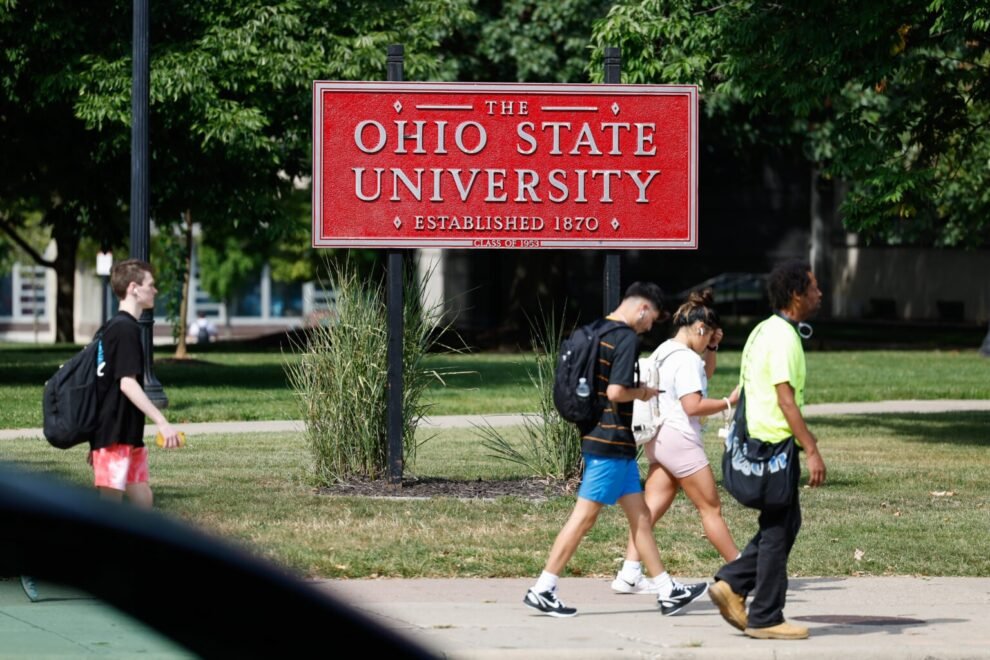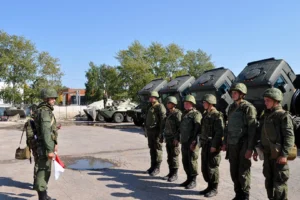I had hoped, as someone who has taught at Ohio State for nearly forty years and bleeds Scarlet and Gray, that we would be spared the attacks on higher education that have broken out across the nation. I had hoped that the accomplishments of our students and alumni, their ability to think critically, independently, and creatively, and their contributions to the prosperity and well-being of Ohio and our nation, would speak for themselves. Sadly, they have not, as least to people who view the world through the distorted lens of partisanship.
I am grateful to our university’s trustees for defending our public universities, and to members of the Ohio House who pushed back against the higher education overhaul bill passed by the Ohio Senate. But the House’s compromise bill still poses threats to higher education, and it is still based to a degree on misunderstandings about what higher education is about.
The last thing we as faculty wish to do is indoctrinate our students, because the purpose of higher education is to give our students the tools they’ll need to build a better world than the one we’ve created, to solve problems that we’ve failed to solve, and to solve problems we can’t even see. Our nation’s universities are the greatest in the world because they do not shackle our students to the past, to the current state of knowledge, or to a particular ideology. We help our students find their own way, as best we can.
For example, our faculty in American history created a reader to help our students learn how to think critically, one that we also hoped might appeal to our students’ wonderful, ironic, self-deprecating, Midwestern sense of humor. Every module begins with a debate among historians. Was the American Revolution conservative or radical? Did the political system break down in the 1850s because of disagreements over slavery, or because of nativist hostility toward the sudden influx of Catholic immigrants from Ireland, Germany, and French Canada? Did the Salem witchcraft trials target women who were considered too assertive or independent for the times, or because the accused had ties to Quakerism, or because the accused lived in or near Salem’s prospering port, which rural residents resented?
Each debate among historians is followed by sources from the past — sermons, trial transcripts, diaries, etc. — so students can see the evidence and draw their own conclusions. We ask our students to weigh the evidence and develop their own interpretations. Our only requirement is that they build the strongest case they can for the positions they disagree with before they try to prove that the evidence for their interpretations is stronger.
Our reader became the best-selling college-level American history reader. Our administration told us that it earned around $2 million dollars in royalties — every dime of which our faculty donated to the university and its academic mission.
Ohio State’s History Department has outstanding programs in Military History, Diplomatic History, and other fields vital to our national security. It excels in the teaching religious history, not only in the teaching of American history, but in the teaching of the history of Christianity, Judaism, and Islam. And our faculty have been on the cutting edge of Business History for decades, helping our future executives and entrepreneurs learn useful lessons from the past, and producing great histories of international business, like Coca-Cola and Monsanto, and Ohio businesses, like Goodyear and Buckeye Steel.
As History faculty, we face challenges because of the bitter partisanship that has broken out in our nation. Our students are more afraid than in the past to speak their minds in class, for fear of what their peers might say, especially on social media. And we now have more students on campus who are extremists, including neo-Nazis who have scrawled no small number of swastikas on students’ doors. Like extremists of all stripes, they are hostile to hearing any point of view but their own.
We as faculty are scrambling to adapt to the hostile world that our political leaders and partisan media have created in recent years, by teaching more aggressively against ideological thinking, by doubling down on presenting our students with diverse ways of looking at the world, by refusing to back down when it comes to discussing controversial subjects, and yes, by protecting students who may be targeted because of their race, gender, class, faith, or politics.
I hope the people of Ohio will understand that many of the problems we face today in higher education aren’t caused by the “bias” of our faculty, but by the prejudices and hatreds and disinformation swirling around in our society. I hope Ohioans will be patient with us, as educators, as we try to figure how best to help our students learn and thrive in today’s fraught environment.
Source : Ohiocapitaljournal












